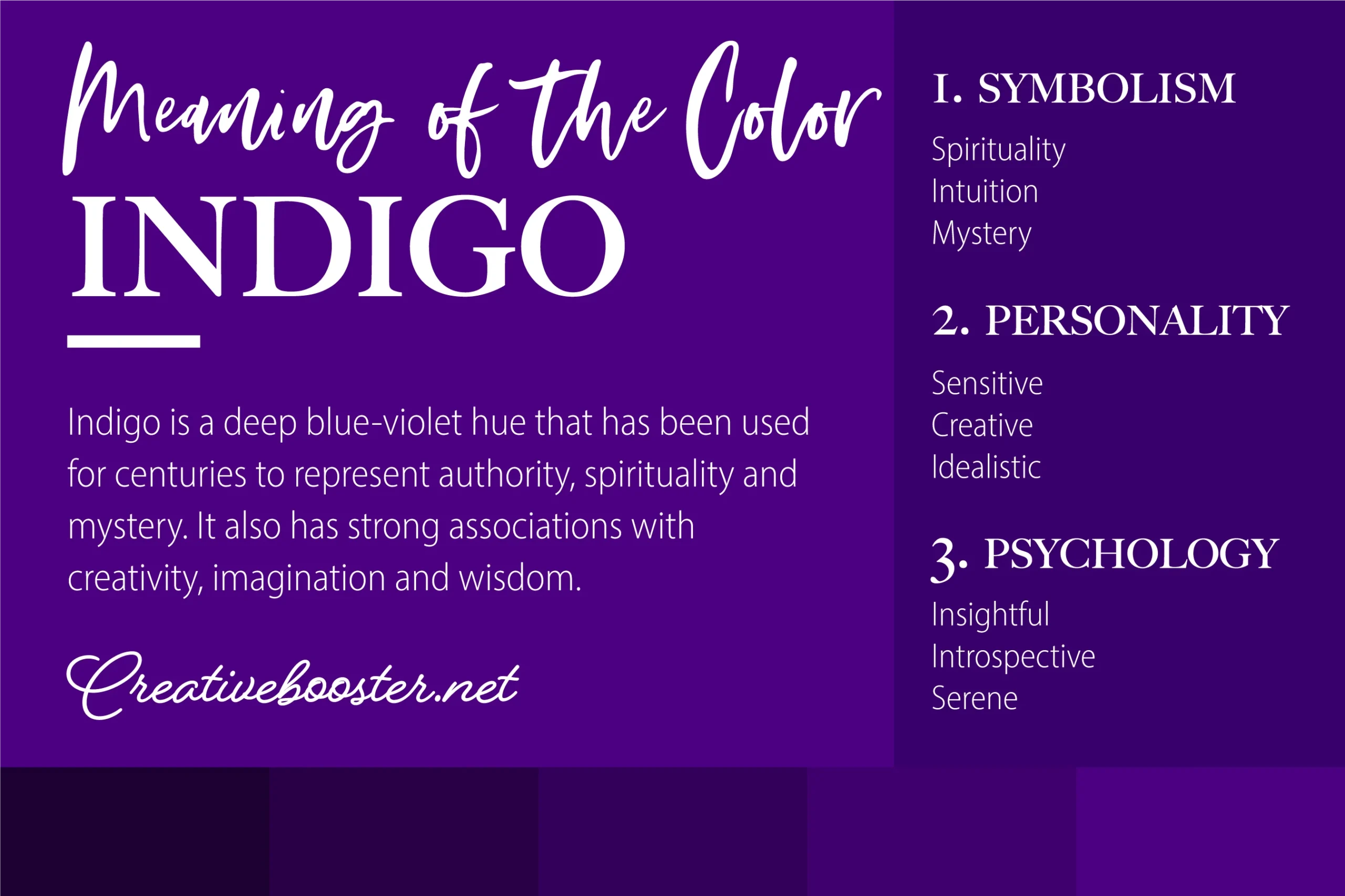India Color Meanings: A Fascinating Insight into the Symbolism of Colors in Indian Culture

Colors play a significant role in Indian culture, where they are deeply intertwined with traditions, spirituality, and symbolism. From vibrant festivals to traditional attire, colors hold immense importance in various aspects of Indian life. Each color carries its own unique meaning and symbolism, reflecting the rich cultural heritage of the country. Understanding the significance of colors in India provides valuable insights into the diverse traditions and beliefs that shape this vibrant nation.
The Significance of Red: Passion, Power, and Celebration
Red holds a prominent place in Indian culture, symbolizing passion, power, and celebration. It is often associated with love, fertility, and marriage. In Hindu weddings, the bride typically adorns herself in a red saree or lehenga, representing her auspicious union and fertility. Red is also a color of celebration, prominently seen during festivals like Diwali and Durga Puja. The red powder used during Holi, known as “gulal,” signifies joy, love, and the arrival of spring. Additionally, red is associated with the goddess Durga, representing her fierce power and protection.
The Essence of Yellow: Knowledge, Wisdom, and Spirituality
Yellow is considered a sacred color in India, symbolizing knowledge, wisdom, and spirituality. It is often associated with the divine and is seen as an auspicious color. In Hinduism, yellow is closely connected to Lord Vishnu and his incarnations. Devotees wear yellow attire during religious ceremonies and festivals dedicated to Lord Vishnu. The yellow color also represents the sun, which is considered a source of life and energy. During the festival of Basant Panchami, people wear yellow clothes to celebrate the arrival of spring and seek blessings for knowledge and learning.
The Vibrancy of Blue: Divinity, Tranquility, and Protection
Blue holds deep spiritual significance in Indian culture, representing divinity, tranquility, and protection. It is associated with Lord Krishna, one of the most revered deities in Hinduism. Lord Krishna is often depicted with blue skin, symbolizing his divine nature. The color blue is also associated with Lord Shiva, representing his calm and meditative state. In Rajasthan, the state’s iconic blue city of Jodhpur is painted in shades of blue to ward off insects and keep the houses cool during scorching summers. Blue is believed to have a soothing effect on the mind and is often used in meditation spaces.
The Mystique of White: Purity, Peace, and Spirituality
White holds immense symbolism in Indian culture, representing purity, peace, and spirituality. It is commonly associated with weddings and is the preferred color for bridal attire in some regions. White is also worn during religious ceremonies and mourning rituals. In Hinduism, white is considered a color of purity and is often associated with deities like Lord Brahma and Saraswati, the goddess of knowledge and arts. The color white is believed to bring clarity of thought and promote spiritual growth. Many spiritual leaders and gurus are seen wearing white attire as a symbol of their spiritual journey.
Conclusion:
Colors hold a deep-rooted significance in Indian culture, reflecting the country’s rich traditions and beliefs. From the vibrant reds symbolizing passion and celebration to the serene whites representing purity and spirituality, each color carries its own unique meaning. Understanding the symbolism behind colors in India provides valuable insights into the diverse cultural tapestry of this ancient land. Whether it’s the colorful festivals, traditional attire, or religious rituals, colors continue to play a vital role in shaping the cultural identity of India. Embracing this symbolism allows us to appreciate the beauty and depth of Indian traditions.






